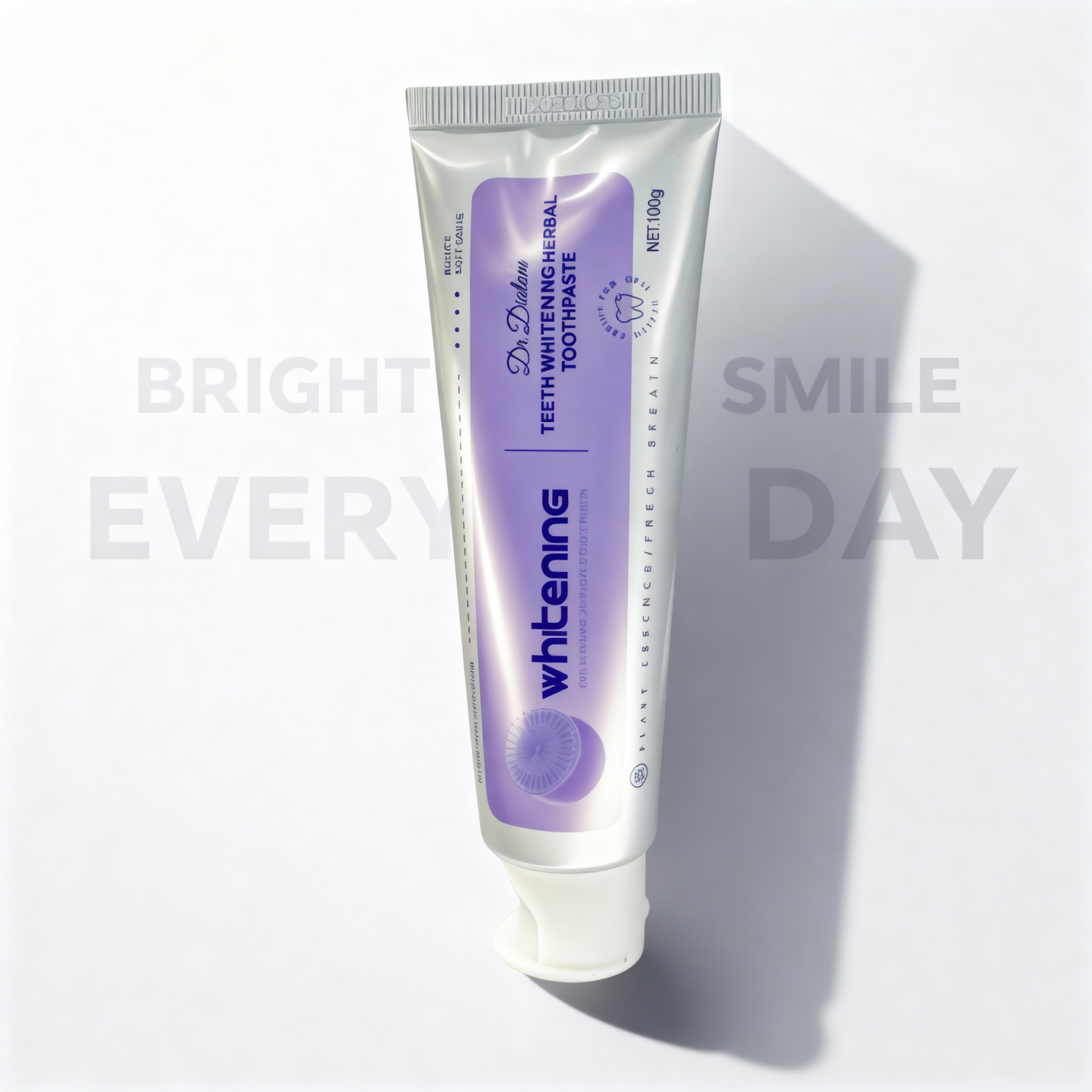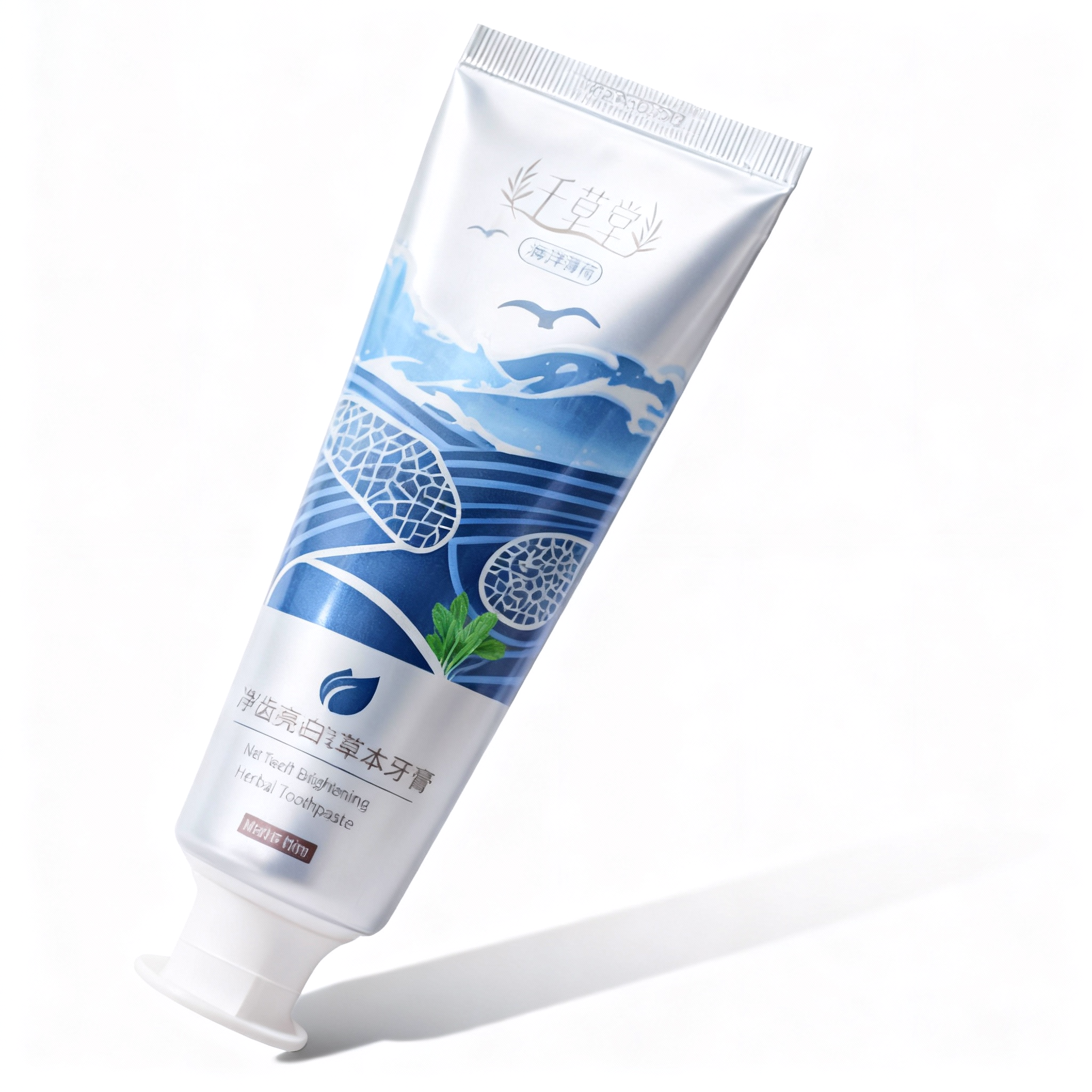
Activated Carbon vs Charcoal: Understanding the Difference and Their Use in Air Filters
Understanding the comparison of activated carbon vs charcoal is crucial—especially when choosing air filtration systems or other purification tools. Offer a detailed breakdown of how each material is made, how they work, and which is better for applications like air filtration.
In recent years, increasing concerns about air quality, water safety, and sustainable living have led many consumers and professionals to explore materials that can naturally cleanse and purify. Among the most commonly used are charcoal and activated carbon. While the two are related in origin and appearance, their chemical properties, production processes, and uses differ significantly.
Understanding the comparison of activated carbon vs charcoal is crucial—especially when choosing air filtration systems or other purification tools. This guide offers a detailed breakdown of how each material is made, how they work, and which is better for applications like air filtration.

What Is Charcoal?
Charcoal is a lightweight black residue consisting primarily of carbon, along with some residual ash and volatile chemicals. It is made by heating organic materials—typically wood or plant matter—in a low-oxygen environment. This process is called pyrolysis, and it removes water and volatile compounds while leaving behind mostly carbon.
The Pyrolysis Process
The raw material (wood, peat, coconut shells, or sawdust) is heated to about 400–700°C in an oxygen-limited chamber. This drives off gases and moisture, concentrating the carbon content. The result is a relatively porous, brittle material capable of burning cleanly and producing high heat.
Types of Charcoal and Their Applications:
1.Lump Charcoal: Made from hardwood, lump charcoal is irregular in shape and size. It burns hotter and cleaner than briquettes and is often used in grilling and barbecuing.
2.Charcoal Briquettes: These are made from fine charcoal dust combined with binders like starch and formed into uniform shapes. They burn slower and more evenly, but may contain additives.
3.Biochar: This is charcoal used specifically in agriculture to improve soil health, retain moisture, and sequester carbon dioxide.
4.Industrial Charcoal: Used in metallurgy and chemical industries, this type of charcoal serves as a reducing agent and fuel in high-temperature processes.
Basic Properties:
- Moderately porous
- Limited adsorption capabilities
- Cost-effective and easily accessible
- Often used for fuel, odor absorption, and soil enhancement
What Is Activated Carbon?
Activated carbon—also known as activated charcoal—is a refined form of charcoal that undergoes additional processing to dramatically enhance its absorptive properties. It is "activated" by exposure to oxidizing gases or chemicals at extremely high temperatures, which increase its internal surface area and create millions of micro-pores.
Activation Methods:
1. Physical Activation
The carbon material is heated in the presence of steam or carbon dioxide at temperatures between 800–1100°C. This process opens up the internal structure, creating a vast network of pores.
2. Chemical Activation
Before carbonization, raw materials are soaked in chemicals such as phosphoric acid (H₃PO₄) or potassium hydroxide (KOH), which dehydrate and break down the cell structure, creating extensive porosity upon heating.
Properties of Activated Carbon:
Extremely high surface area (often exceeding 1,000 m²/g)
Micro-, meso-, and macro-pores that trap particles and molecules
Excellent adsorption of organic molecules, gases, and toxins
Used across air purification, water treatment, pharmaceuticals, food processing, and chemical production
Activated Carbon vs Charcoal: Key Differences Explained
Although both materials are carbon-based, the differences between activated carbon and charcoal are significant in terms of structure, purpose, and performance.
|
Property |
Charcoal |
Activated Carbon |
|
Origin |
Pyrolyzed biomass |
Charcoal or carbonized material |
|
Processing |
Simple pyrolysis |
Pyrolysis + Activation (physical/chemical) |
|
Porosity |
Low to moderate |
Extremely high |
|
Surface Area |
10–100 m²/g |
800–2,000 m²/g |
|
Adsorption Efficiency |
Low |
High |
|
Uses |
Fuel, odor control, agriculture |
Filtration, purification, catalysis |
|
Cost |
Lower |
Higher |
In Essence:
Charcoal is great for burning and basic deodorizing.
Activated carbon is a specialized tool for capturing and removing gases, chemicals, and impurities.
How Does Activated Carbon Work?
Activated carbon works through adsorption, a physical process in which molecules from a gas or liquid adhere to the surface of the carbon material. Thanks to its extremely high surface area, activated carbon can trap large volumes of contaminants even in small quantities.
How Adsorption Occurs:
Contaminants diffuse into the pores of activated carbon.
Molecules adhere to internal surfaces via Van der Waals forces.
Once the pores are filled, the material becomes “saturated” and must be replaced or regenerated.
What It Can Remove:
- VOCs (Volatile Organic Compounds): From paint fumes, cleaning products, and synthetic materials.
- Odors: From pets, smoke, food, and chemicals.
- Chlorine & Chloramine: Often found in tap water.
- Toxins: Like benzene, toluene, and formaldehyde.
This makes activated carbon one of the most effective media for air purification, water filtration, and chemical absorption.
Applications of Charcoal and Activated Carbon
Understanding where each material excels can help guide your selection based on specific use cases.
1. Cooking and Heating (Charcoal)
Lump charcoal and briquettes are ideal for cooking due to their clean, hot burn.
Charcoal enhances flavor in grilling by adding a smoky essence.
Used in camping, emergency heating, and traditional cooking setups.
2. Agriculture (Biochar)
Charcoal added to soil can:
- Improve nutrient retention
- Balance pH levels
- Increase microbial activity
- Aid carbon sequestration (climate change mitigation)
3. Health and Beauty (Activated Carbon)
Used in:
- Toothpaste for whitening and toxin absorption
- Face masks to remove oil and impurities
- Detox drinks/supplements (though medical consensus on internal use is mixed)
4. Water Treatment (Activated Carbon)
Removes:
- Pesticides and herbicides
- Pharmaceuticals
- Heavy metals (with certain treatments)
- Found in water pitchers, faucet filters, whole-house filtration systems
5. Air Purification (Activated Carbon)
Traps chemical vapors and odors in homes and offices
Used in:
- HVAC filters
- Car cabin air filters
- Industrial gas scrubbers
- Respirator masks

Activated Carbon vs Charcoal Air Filter: In-Depth Comparison
When it comes to filtering the air you breathe, the quality of the filter medium matters. Let’s take a detailed look at how charcoal and activated carbon perform in air filters.
1. Adsorption Power
Charcoal filters may trap dust and reduce odors slightly, but lack the fine pores needed for high adsorption.
Activated carbon filters are engineered to remove gases, VOCs, and even certain pathogens.
Winner: Activated carbon
2. Filter Design and Structure
Activated carbon is often embedded into fibrous mats or granules to increase contact time with air.
Charcoal filters are simpler, sometimes just a thin layer placed behind a mesh or fabric.
Winner: Activated carbon
3. Use Cases
Charcoal filters: Often used in budget air purifiers or odor-control pads.
Activated carbon filters: Found in high-end purifiers, surgical masks, and gas masks.
Winner: Activated carbon
4. Durability and Lifespan
Activated carbon filters can last 3–6 months depending on air quality and usage.
Charcoal filters may last shorter, especially if exposed to heavy pollution.
Winner: Activated carbon
5. Cost vs Benefit
Charcoal filters are cheap but offer limited functionality.
Activated carbon costs more but delivers significantly better air quality.
Winner: Activated carbon (for value and effectiveness)
When and Where to Use Activated Carbon Filters
For Residential Air Purification:
Smokers' households
Homes near traffic or construction
Allergy-sensitive individuals
Pet owners
In Commercial Settings:
Hospitals and clinics (odors, sterilants)
Laboratories (chemical vapor control)
Restaurants and kitchens (smoke and grease)
In Vehicles:
Cabin air filters now often contain activated carbon to remove diesel fumes, allergens, and road smells.
In Manufacturing:
Clean rooms, electronics assembly, and chemical processing all use carbon filters for fume and gas control.
Environmental Considerations
When comparing activated carbon vs charcoal, sustainability also plays a role.
Charcoal:
- Can be made sustainably using forestry waste or coconut shells.
- Unsustainable harvesting leads to deforestation and emissions.
Activated Carbon:
- Energy-intensive production
- Often made from renewable materials (e.g., coconut husks)
- Some forms are reactivatable, extending their lifecycle
Tip: Look for suppliers who use sustainable raw materials and provide recycling programs for spent carbon.
FAQs
Q1: Is activated carbon the same as charcoal?
No. Activated carbon is a processed form of charcoal with much higher porosity and adsorption capability.
Q2: Can I use BBQ charcoal in my air purifier?
Not recommended. BBQ charcoal lacks the porosity and may release contaminants. Use only designated activated carbon.
Q3: How do I know when to change an activated carbon filter?
Most filters indicate 3–6 months, but change sooner if:
- Odors return
- Air quality decreases
- The filter appears saturated or discolored
Q4: Can activated carbon remove viruses or bacteria?
Not directly. It captures some pathogens, but not all. Use with HEPA filters for best results.
Q5: Is activated carbon safe to use?
Yes. It’s non-toxic and safe for air and water treatment.
Conclusion
If your goal is effective filtration of air, water, or chemicals, activated carbon is the clear choice. Its superior adsorption capabilities and engineering make it ideal for high-performance filters and purification systems.
However, charcoal still holds value in cooking, agriculture, and certain low-cost applications. It is an essential base material, but without the advanced properties of activated carbon.
In the debate of activated carbon vs charcoal, especially for air filter use, activated carbon stands out as the cleaner, safer, and more efficient option for protecting your indoor environment.




